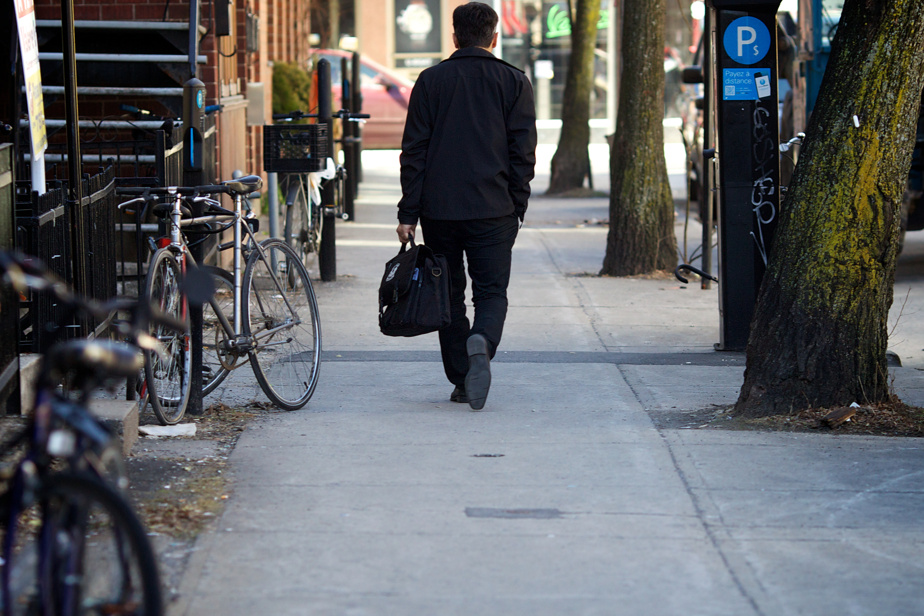Are Immigrants Really Threatening French in Quebec? A symposium organized as part of the 90th Acfas congress, Beyond clichés about immigrants and language in Quebec, proposes to debunk certain myths and bring nuances.
These myths, according to Jean-Pierre Corbeil, professor in the sociology department at Laval University and organizer of the symposium, are four in number: immigrants do not know French, they contribute to the decline of French at work, they do not speak not French, even if they have some knowledge of the language, and a very short deadline must be imposed on them to learn the official language of Quebec, without which we cannot reverse the decline of French.
“The purpose of the colloquium was to say: what are we talking about? “, explained Mr. Corbeil in an interview with La Presse.
These efforts aim to go beyond the spontaneous reactions elicited by statistics on linguistic reality to place them in their context and to try to understand what they mean.
This is particularly the case for the language spoken at home, the indicator most used in public debate to measure the progress or decline of French.
In Quebec, the proportion of immigrants speaking French most often at home has increased from 38.2% in 2011 to 42.5% in 2021, according to Statistics Canada. This data is often interpreted as a low penetration of French among immigrants.
“There is a myth that for French to survive in Quebec, everyone has to speak it most often at home,” he says. This is a vision that is completely outdated, dating from the last 50 years, when the composition of the immigrant population was very different from what we have today.
“Still half of immigrants who have been here for over 20 years, even over 40 years, still use their third language most often at home. »
The share of newcomers who say they are able to carry on a conversation in French has been around 80% since 2011 in Quebec. But there is a new phenomenon: recent immigrants and non-permanent residents (temporary workers and foreign students) have lower language proficiency and speak English more readily.
Between 2016 and 2021, the proportion of recent immigrants who said they could conduct a conversation in French fell from 80.7% to 75.7%. And the number of unilingual English non-permanent residents increased from 23,550 to 54,780.
The reason ? This could be seen as a failure of francization efforts or a negative attitude of newcomers to the French fact. But, according to Mr. Corbeil, the explanation lies elsewhere.
“Recent immigrants and non-permanent residents come from countries where you’re more likely to know only English,” he says. So the challenges are not the same. »
In the data from the Quebec Ministry of Immigration, Francisation and Integration (MIFI), there is a fairly significant reversal from 2013-2014, observes the professor. “We are seeing significant growth in newcomers as well as non-permanent residents from India, China, the Philippines, Iran and Syria. »
This translates into an increased use of English at work, but also in the public sphere.
The proportion of immigrant workers who can conduct a conversation in French fell from 87% in the period from 2011 to 2015 to 76% in the period from 2016 to 2021. This drop is partly attributable to the increase in the proportion of non-French residents. permanent staff who do not speak French, which went from 21.6% to 27.2%, according to the data taken from Mr. Corbeil’s presentation, based on those of Statistics Canada.
Overall, 61% of immigrants use French at work, 26.8% English, and 9.9% both languages. Among non-permanent residents, 54.3% use French, 35.5% English, and 5.8% both languages.
There is a challenge, acknowledges Mr. Corbeil. And the issue arises in terms of the choice of immigrants according to their country of origin or the specific responses to be given to this particular situation. “There may be a new report to develop on ways to encourage and promote the use of French, he analyzes. But, already, this use is widespread among immigrants and we tend not to consider it. »

